Soft tissue facial injuries
Facial soft tissue injuries are classified as the following:
- Abrasions
- Contusions
- Lacerations
- Puncture wounds
- Incised wounds
- Avulsion
- Burns
- Thermal injuries

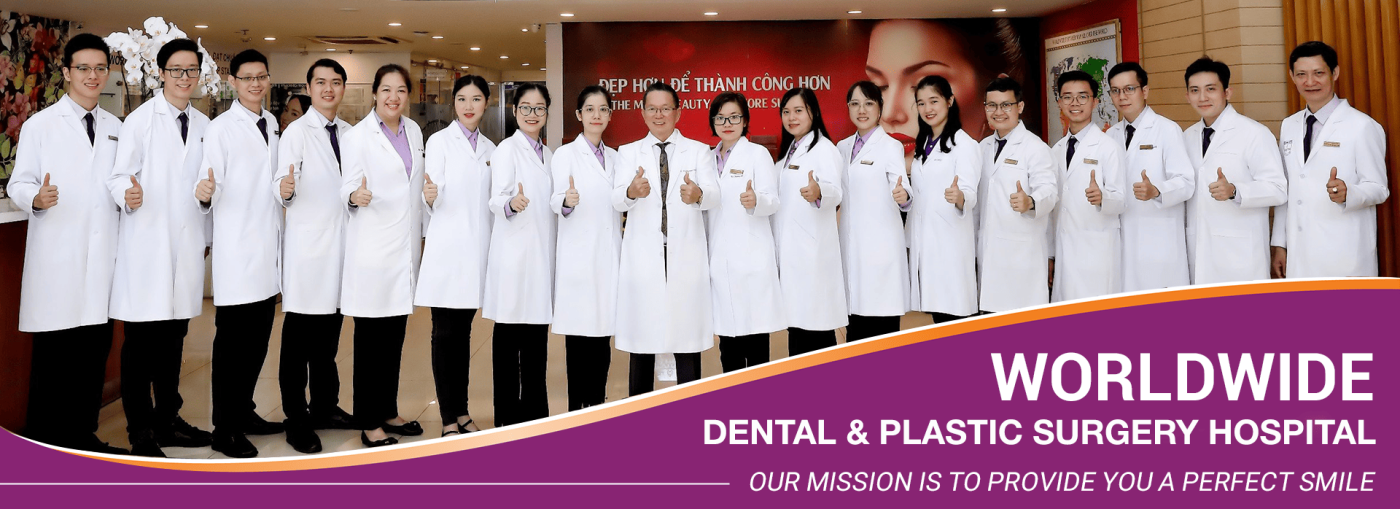
Facial trauma is a common occurrence in today’s society, comprising approximately 10% of all types of injuries and can be seen across all age groups with various forms of lesions, ranging from simple to complex, due to many different causes. As a result, the demand for facial trauma treatment has been increasing in recent times. Vietnam, one of the most populous and urbanized countries in the world, is short of hospitals or healthcare facilities with adequate conditions, and the availability of suitable physical infrastructure for examination and treatment remains quite restricted.
Distinguishing between the underbite teeth and underbite jaw is very crucial for determining the appropriate treatment approaches:
Depending on the nature and severity of the injury, facial trauma can be classified into two types: soft tissue injuries and bone fractures.
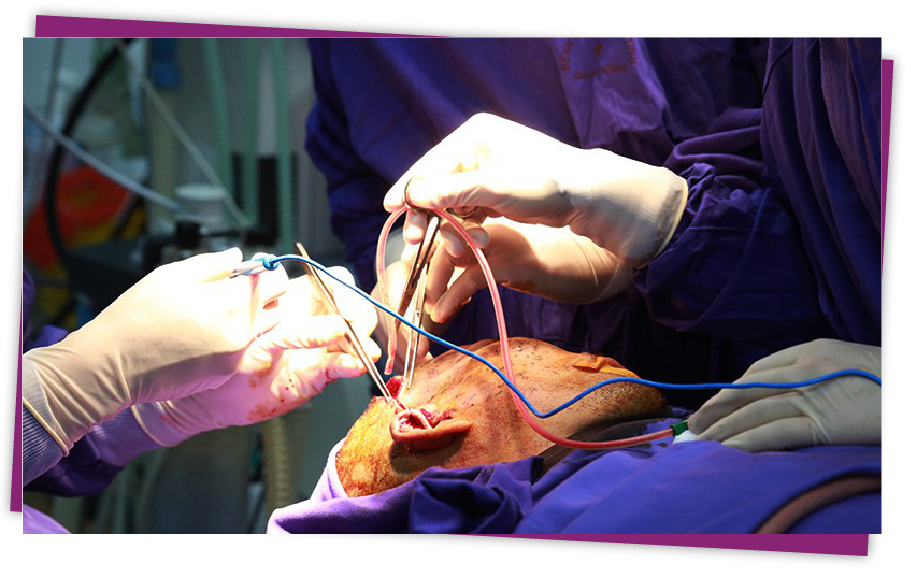
Facial soft tissue injuries are classified as the following:

The face is a highly vascularized region of the body, meaning it has an extensive blood supply. This vascular network often provides favorable conditions for nourishment and wound healing in most cases. However, if not properly treated, facial trauma can easily result in complications such as unsightly scars, contracture scars that can affect aesthetics and impede function.
The facial region contains subcutaneous muscles responsible for facial expressions, which are innervated by the facial nerve (cranial nerve VII). These muscles are susceptible to injury in deep lacerations, leading to partial or complete facial paralysis in the affected area. Additionally, the salivary glands and ducts can also be severed, resulting in prolonged drooling.
For soft tissue injuries in the maxillofacial region, it is necessary to assess the extent and nature of the injuries accurately and comprehensively. Early treatment is essential, involving effective hemostasis, meticulous wound debridement, and proper closure techniques to ensure good aesthetic and functional outcomes. It is crucial to have a well-planned approach for addressing injuries to critical structures. This requires specialized interventions such as shaping and surgical procedures.
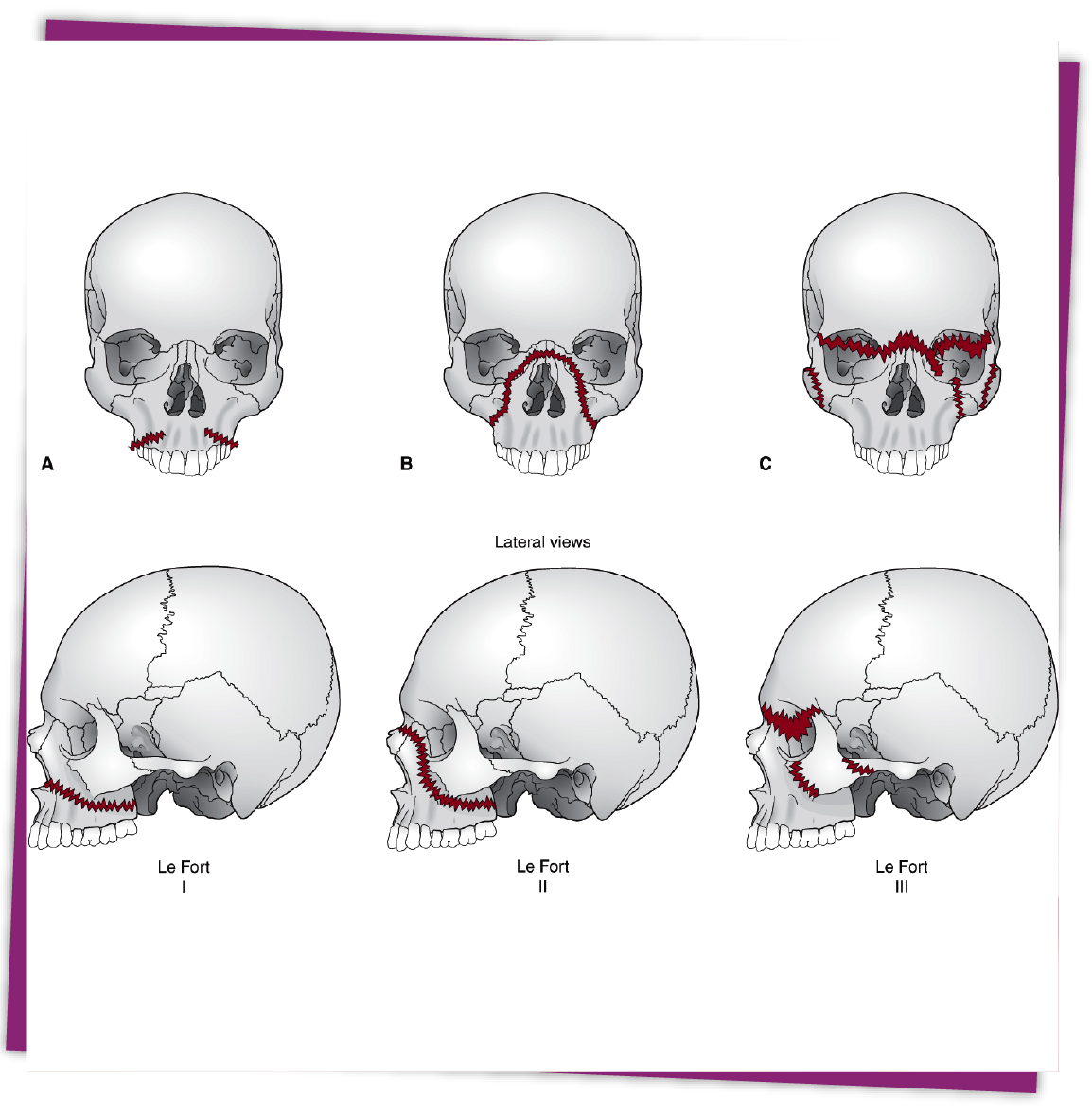
Maxillofacial fractures are commonly classified based on the location of the fracture within the facial skeleton.
Transverse fractures: Lefort I, II, III upper jaw fracture
A vertical fracture in the middle and on the side of the upper jawbone.
Dental and maxillary alveolar fracture
Mandibular body fractures: chin, mandibular ramus, angle of the mandible,
ascending ramus.
Condyle fractures
Complex mandibular fractures
Dental and mandibular alveolar fractures
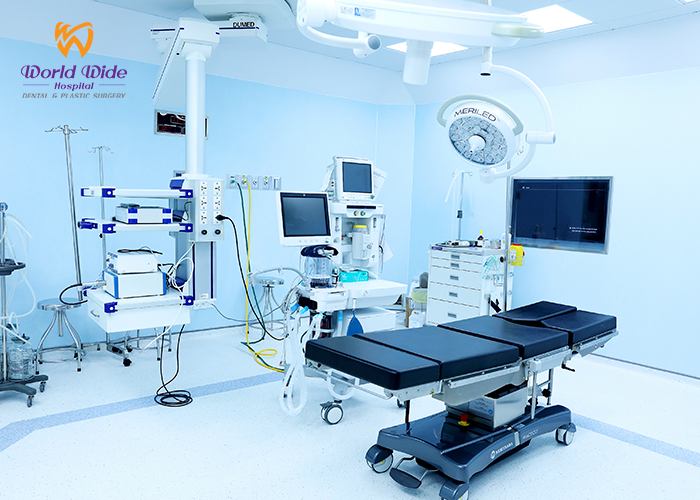
The overarching principle in managing facial trauma aligns with other types of agony on the body, emphasizing the preservation of the patient’s life as the utmost priority.The management of severe and high-risk injuries takes precedence. In the context of maxillofacial trauma, functional and aesthetic management always go hand in hand, requiring meticulosity and dexterity.

1. Soft tissue wound management: Conservative debridement for lacerations, anatomically correct suturing, primary closure for early wounds, delayed closure or delayed primary closure for late wounds. In cases of tissue loss, management varies depending on the extent of the defect, with options including wide secondary closure if possible or creation of flaps, rotations, advancements or flaps with pedicles to close the defect.
2. Bone wound management: The treatment chosen depends on the extent of the bone injury, preservation or surgery.
Preservation treatment: Realignment and fixation of teeth and maxillary bones, realignment of zygomatic bone – through the buccal corridor, brow, or Gillies approach, realignment and fixation of nasal septum and nasal barrier.
Surgical treatment: Open approach to the fracture site, directly realign the bone to the correct anatomical position and fix it with a plate and screw system, in cases of malocclusion due to bone displacement, may need to combine with fixation for proper initial occlusion.
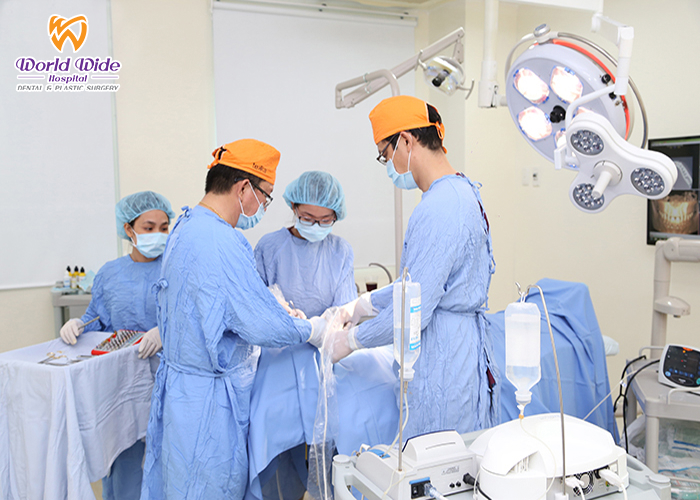
At Worldwide Hospital, the management of facial trauma varies based on the nature and extent of the injury in each patient following thorough evaluations by doctors. Severe cases of trauma or multiple traumas necessitate monitoring, surgery, and hospitalization.
Worldwide Maxillofacial Hospital – Aesthetic Surgery with a team of experienced specialists and modern facilities, meeting 5-star standards, ensuring optimal treatment outcomes for customers.
